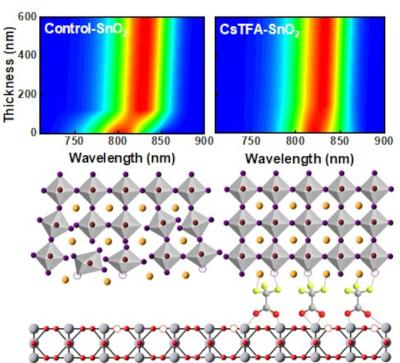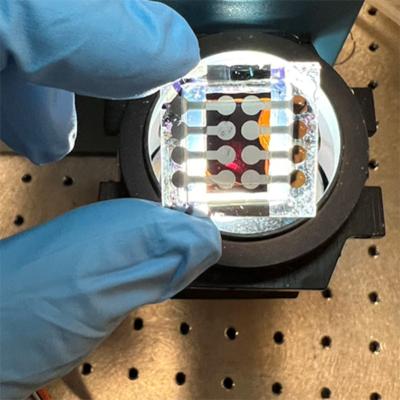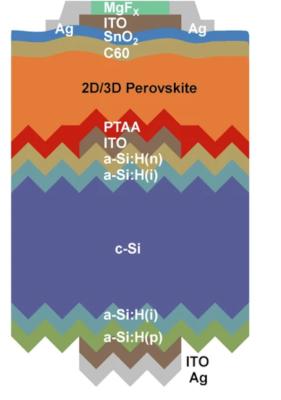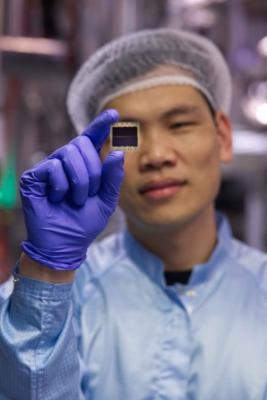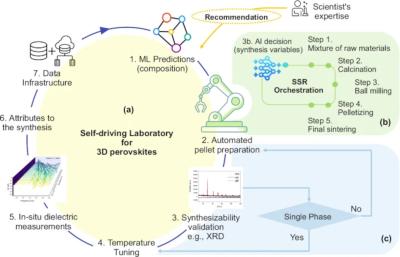Researchers design perovskite crystal waveguides for room-temperature exciton–polariton condensation and edge lasing
Perovskite crystals, with their exceptional nonlinear optical properties, lasing and waveguiding capabilities, could offer a promising platform for integrated photonic circuitry within the strong-coupling regime at room temperature.
Researchers at the University of Warsaw, CNR Nanotec, Łukasiewicz Research Network—Institute of Microelectronics and Photonics, Łódź University of Technology and Polish Academy of Sciences have demonstrated a versatile template-assisted method to efficiently fabricate large-scale waveguiding perovskite crystals of arbitrarily predefined geometry such as microwires, couplers and splitters.


